Crippy
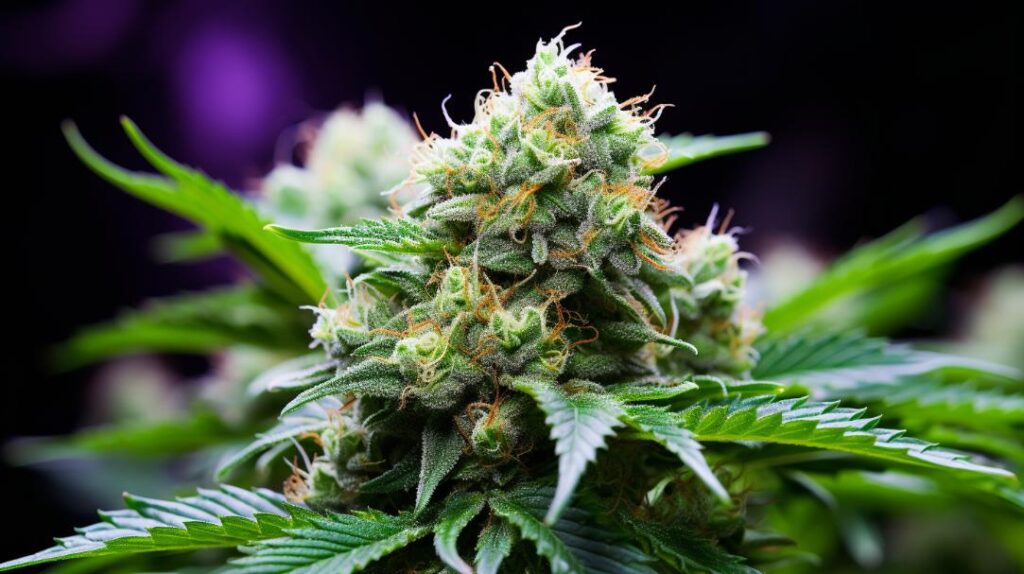
The Crippy Strain, a remarkable hybrid originating from Hawaii and Florida, presents a unique confluence of therapeutic and recreational benefits that have captured the attention of both medical patients and cannabis enthusiasts alike. Boasting a THC content around 20% and a distinctive terpene profile, Crippy is lauded for its effectiveness in alleviating symptoms of anxiety, stress, and chronic pain, while also promoting creativity and a sense of relaxation. However, the journey to understanding this strain’s full potential is intricate, traversing through its genetic lineage, effects, and medical applications. This discussion invites a deeper exploration into how Crippy’s characteristics contribute to its growing acclaim and what future research may reveal about its broader implications in the cannabis industry.
Key Takeaways
- Crippy Strain is a hybrid with origins in Hawaii and Florida, boasting a balanced 50% Sativa / 50% Indica genetic makeup.
- It features a THC potency of around 20%, catering to both recreational and medical users seeking stress and pain relief.
- The strain is known for its unique terpene profile, including skunk, tobacco, and menthol, contributing to its distinct sensory experience.
- Users report effects such as creativity, relaxation, and a giggly mood, making it a versatile option for anxiety and stress relief.
- It has a dense bud structure with significant trichome coverage, highlighting its rich flavors and scents.
Genetic Lineage
The genetic lineage of the Crippy strain remains shrouded in mystery, originating from Hawaii and Florida during the late 1980s and early 1990s, despite its widespread acclaim and distinctive effects. As a hybrid strain with unknown parent genetics, Crippy has carved a niche for itself in both the recreational and medical cannabis markets. Its enigmatic background does not detract from its recognized potential in addressing various medical conditions. The Crippy strain has been particularly associated with anxiety, stress, and pain relief, according to user reports. Specifically, a significant portion of users, around 24%, have found it beneficial for managing symptoms of anxiety. This data underscores the strain’s potential therapeutic value, particularly in the domain of mental health.
The medical community’s interest in Crippy stems from its robust potency, approximately 20% THC, which contributes to its efficacy in symptom management. While the precise mechanisms through which Crippy exerts its effects remain to be fully elucidated, its spicy, herbal, and piney profile, combined with its reported outcomes, suggests a complex interplay of cannabinoids and terpenes. This complexity may be key to its utility in medical contexts, offering a multi-faceted approach to symptom relief.
THC/CBD Content
Understanding the Crippy strain‘s genetic lineage sets the stage for an in-depth analysis of its THC/CBD content, which plays a pivotal role in its effects and user experiences. The Crippy strain exhibits a THC potency of around 20%, placing it in the moderate to strong category of psychoactive experiences. This level of THC is significant, as it determines the strain’s ability to deliver a robust psychoactive effect, characterized by feelings of euphoria, relaxation, and heightened creativity. The relatively low CBD content in the Crippy strain leans its use more towards recreational than medicinal purposes, although it’s essential to consult professional medical advice for specific health concerns.
The balanced THC/CBD content contributes to a well-rounded high that caters to a broad spectrum of cannabis users, including both sativa and indica enthusiasts. This balance ensures that users can enjoy a blend of mental stimulation and physical relaxation without the overwhelming effects that strains with higher THC levels might induce. It’s remarkable that the THC/CBD ratio may exhibit slight variations depending on the cultivation conditions and specific batch, highlighting the importance of precise, controlled growing practices to maintain consistency in the Crippy strain’s effects.
Terpene Profile
Exploring the terpene profile of the Crippy strain reveals a complex bouquet of skunk, tobacco, and menthol notes, emphasizing its distinctive flavor and aromatic qualities. The terpene profile is a critical component in defining the unique sensory experience associated with this strain, blending a spicy, herbal, and piney essence that captivates users. Despite the dominant terpene remaining unidentified, the presence of skunk, menthol, and pine terpenes contributes greatly to Crippy’s overall flavor and aroma profile.
The intricacies of the Crippy terpene profile are further highlighted by its influence on the strain’s spicy, herbal, and piney taste and scent. This complexity not only enhances the smoking experience but may also play a role in the strain’s reported effects. The following table outlines key characteristics of the terpenes identified in the Crippy strain:
| Terpene | Notes |
|---|---|
| Skunk | Earthy, pungent |
| Tobacco | Rich, aromatic |
| Menthol | Cool, invigorating |
| Pine | Woodsy, fresh |
This terpene composition creates a rich tapestry of flavors and scents, making the Crippy strain a notable choice for those seeking a unique cannabis experience. Unfortunately, the dominant terpenes in this strain are unknown.
Effects
Building on the intricate terpene profile described previously, it’s important to examine how these components influence the Crippy strain‘s effects, which include inducing feelings of creativity, relaxation, and a giggly mood in users. The presence of specific terpenes, particularly those with skunk, menthol, and pine notes, contribute significantly to Crippy’s therapeutic effects. These terpenes are known for their ability to modulate mood and stress levels, offering a natural remedy for anxiety, a condition that approximately 24% of users report finding relief from with this strain.
Further analysis reveals that the Crippy strain’s effects extend beyond mere mood enhancement. The reported sensations of creativity and relaxation are remarkable, as they suggest a complex interaction between the strain’s terpene profile and the user’s endocannabinoid system. This interaction likely plays a vital role in the strain’s efficacy in managing stress and pain, with 18% and 16% of users, respectively, reporting benefits in these areas.
However, it is essential to acknowledge the reported negatives, including dry eyes, dizziness, and dry mouth. These side effects underscore the importance of moderation and individual sensitivity considerations when using the Crippy strain for its therapeutic effects, especially in the context of anxiety and stress relief.
Medical Uses
Considering the previously discussed effects, it becomes important to explore the specific medical uses of the Crippy strain, particularly in relation to anxiety, stress, and pain relief. The Crippy strain, with its calming and energizing effects, serves as a versatile option for individuals seeking alternative health interventions for various medical conditions. Its unique profile suggests it could play a significant role in managing symptoms associated with these conditions. However, it is vital to seek professional advice before using the Crippy strain for specific health conditions to make sure it aligns with individual health needs and to mitigate potential risks.
Key medical uses of the Crippy strain include:
- Anxiety Relief: A significant percentage of users (24%) report finding relief from anxiety symptoms, highlighting its potential as a therapeutic agent in mental health care.
- Stress Management: With 18% of individuals finding it beneficial for stress, the strain may offer a natural alternative to conventional stress relief methods.
- Pain Alleviation: Reported by 16% of users to assist in pain relief, indicating its potential application in pain management strategies.
The insights into the medical uses of the Crippy strain underscore the importance of further research and professional consultation in leveraging cannabis for health benefits.
Flavor and Aroma
Beyond its medical applications, the Crippy strain also presents a complex sensory profile, with its flavor and aroma offering a unique experience to users. The flavor profile of Crippy is remarkably intricate, characterized by an unusual blend of skunk, tobacco, and menthol notes. This combination provides an invigorating yet pungent taste that distinguishes it from other strains.
The presence of these flavors, particularly skunk and menthol, suggests a robust terpene profile, although the dominant terpene in Crippy remains unidentified. This mystery adds an intriguing layer to its analysis, as the terpenes play an essential role in defining both the flavor and therapeutic properties of cannabis strains.
The aroma of Crippy complements its flavor profile, described as spicy, herbal, and piney. This scent profile is indicative of a strain that is both aromatic and potent, offering an olfactory experience that is as complex and layered as its taste. Consumers have reported that the flavors of skunk, menthol, and pine are not only prominent when consuming Crippy but also contribute significantly to its overall sensory experience.
This synergy between flavor and aroma underscores the uniqueness of the Crippy strain, making it a remarkable choice for both connoisseurs and therapeutic users alike.
Appearance
One immediately notices the Crippy strain’s visually striking characteristics, highlighted by its dense and compact buds adorned with vibrant green leaves and vivid orange hairs. The aesthetic appeal of this strain is further accentuated by a generous coating of trichomes, giving the buds a frosty appearance that not only signifies a high resin content but also suggests a potent experience for the consumer. This resinous layer is sticky to the touch, often leaving a residue on the fingers, indicative of the strain’s rich cannabinoid and terpene profile.
Moreover, the Crippy strain’s appearance can vary slightly among different phenotypes, with some exhibiting hints of purple or blue. This variation adds an extra layer of visual intrigue, making it a favorite among cannabis connoisseurs and cultivators alike. The classic cone-shaped structure of its buds, combined with a dense and resinous texture, underscores the strain’s high-quality genetics and cultivation care.
- Dense Buds: The compact and resinous nature of Crippy’s buds is a hallmark of its quality.
- Color Variation: Hints of purple and blue in some phenotypes enhance its visual appeal.
- Trichome Coverage: A frosty layer of trichomes indicates a potent and resin-rich flower.
Grow Information
The Crippy strain‘s cultivation process is notably influenced by its balanced hybrid genetics, originating from Hawaii and Florida, which necessitates specific environmental conditions to mimic its natural habitat for ideal growth. This necessitates a cultivation approach that carefully balances humidity, temperature, and light cycles to cater to both its sativa and indica heritage. With a 50% sativa and 50% indica genetic makeup, growers must employ a nuanced understanding of these conditions to optimize growth and potency.
Given its THC potency of around 20%, the cultivation of the Crippy strain requires meticulous attention to nutrient delivery, particularly during the flowering stage, to maximize cannabinoid production. Using hydroponic systems or quality soil rich in organic nutrients can enhance the strain’s spicy, herbal, and piney flavor profile, emphasizing its dominant terpenes like skunk, menthol, and pine. Additionally, implementing stress-reduction techniques, such as low-stress training (LST), can significantly improve yield and potency by exposing more of the plant’s surface area to light.
Understanding the Crippy strain’s unique requirements and using advanced cultivation techniques can notably impact the final product, making it a rewarding endeavor for experienced growers. The balanced approach to its sativa and indica genetics not only contributes to its complex flavor profile but also to its therapeutic potential, making it a popular choice for relieving anxiety, stress, and pain.
Adverse Effects
Understanding the Crippy strain’s adverse effects, such as dry eyes, dizziness, and dry mouth, is vital for consumers aiming to make educated choices about its use. Feedback from 41 individuals highlights these negative effects as the most commonly experienced, underscoring the importance of awareness among users. The prominence of such adverse reactions suggests a pattern that potential and current users should consider when evaluating their consumption of the Crippy strain.
The technical analysis of adverse effects leads to a better understanding of the strain’s impact on the body. These effects, while not unique to the Crippy strain, are significant enough to warrant attention:
- Dry Eyes: The most frequently reported issue, indicating a high occurrence rate among users.
- Dizziness: This effect can impact daily activities and overall user experience.
- Dry Mouth: A common cannabis-related side effect that can lead to discomfort and hydration concerns.
Understanding these adverse effects is essential for users who wish to minimize negative experiences while using the Crippy strain. Being informed helps in preparing for and mitigating these effects, ensuring a more positive and controlled cannabis consumption experience.
Comparisons with Similar Strains
In comparing the Crippy strain to its counterparts such as OG Kush and Florida Kush, it is essential to highlight the distinctive cerebral effects, flavor profiles, and user-reported benefits that set it apart. The Crippy strain, known for its intense cerebral and creeper effects, shares a similar strong initial impact with OG Kush. However, its unique blend of lemon, pine, and sweet flavors offers a nuanced experience different from the earthy and often more pungent notes of OG Kush.
Similarly, while Florida Kush and Crippy share a balanced hybrid nature, Crippy’s effects are often described as more potent and long-lasting, providing a depth of experience that some users find more satisfying for heavy medication.
Customers frequently cite the creative and relaxing effects of Crippy, paralleling the benefits sought after in other premium flower strains with similar effects. The sticky buds and the nostalgic, long-lasting effects further enhance the appeal of Crippy, distinguishing it in the competitive landscape of cannabis strains. Its potency, rivaling that of concentrates, positions Crippy as a formidable choice for users seeking a robust and enduring experience.
Research and Studies
Recent studies highlight the Crippy strain’s balanced 50% sativa and 50% indica genetic composition, underscoring its unique position in the cannabis research landscape due to its origins, effects, and potential therapeutic applications. Originating from Hawaii and Florida in the late 80s and early 90s, Crippy’s spicy, herbal, and piney flavor profile distinguishes it within the cannabis community. Its THC potency of around 20% contributes to its reputation for providing calming and energizing effects simultaneously, making it a versatile option for consumers.
Research has shown that users often turn to Crippy for its reported benefits in managing symptoms associated with anxiety, stress, and pain. Approximately 24% of users have indicated that Crippy helps alleviate anxiety, highlighting its potential as a therapeutic strain. However, it’s essential to approach its use with informed advice, especially considering its potent effects.
To draw the audience in and keep them interested, consider the following points:
- Crippy’s balanced genetic composition makes it a unique subject for scientific research.
- The strain’s therapeutic potential for anxiety, stress, and pain relief.
- The necessity of informed advice when using Crippy, given its potent THC content and effects.
This technical and analytical overview underscores the importance of ongoing research to fully understand the Crippy strain’s potential benefits and applications.
History and Origin
Tracing the lineage of the Crippy strain reveals a rich hybrid history, originating from Hawaii and Florida during the late 1980s and early 1990s. This equal mix of sativa and indica genetics has cultivated a unique profile that has intrigued people across the cannabis community. With its origins shrouded in mystery due to unknown parent genetics, the Crippy strain has become a subject of fascination and speculation among enthusiasts and experts alike.
| Attribute | Description |
|---|---|
| Origin | Hawaii and Florida |
| Genetics | 50% Sativa / 50% Indica |
| Flavor | Spicy, Herbal, Piney |
| THC Potency | ~20% |
| Effects | Relaxation, Creativity, Sleepiness |
The balanced genetic composition of Crippy lends itself to a versatile user experience, catering to people seeking relaxation or a spur of creativity. Its distinctive flavor profile, marked by spicy, herbal, and piney notes, further enhances its appeal. With a THC potency around 20%, Crippy offers a robust experience that can lead to relaxation and sleepiness, making it a popular choice among people looking to unwind. The history of Crippy is not just a tale of genetics but of the people and cultures that helped it spread across the United States.
Frequently Asked Questions
Is Crippy a Good Strain?
Evaluating the efficacy of a strain involves analyzing its medical benefits. The Crippy strain, with its balanced hybrid composition, offers therapeutic potential for anxiety, stress, and pain, suggesting a favorable profile for certain medical conditions.
What Is Crippy?
Crippy, a notable hybrid strain, emerges from an origins debate, blending sativa and indica properties. Its genesis in Hawaii and Florida underscores a complex heritage, characterized by a potent THC content and versatile therapeutic applications.
Is Krippy Indica or Sativa?
The genetic heritage of a strain determines its classification as indica or sativa. When considering the Crippy strain, with its balanced hybrid composition of 50% sativa and 50% indica, it defies a singular categorization.
What Is the Strongest Sativa Strain in the World?
Determining the world’s strongest sativa strain involves analyzing sativa genetics for THC potency, where contenders like Ghost Train Haze and Strawberry Cough stand out for their high THC levels and powerful cerebral and energizing effects.

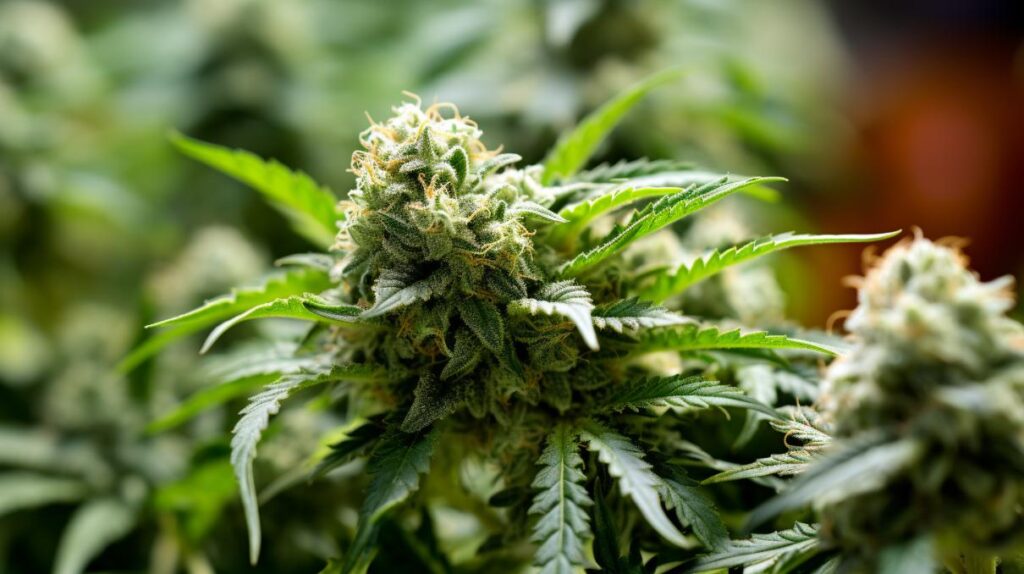
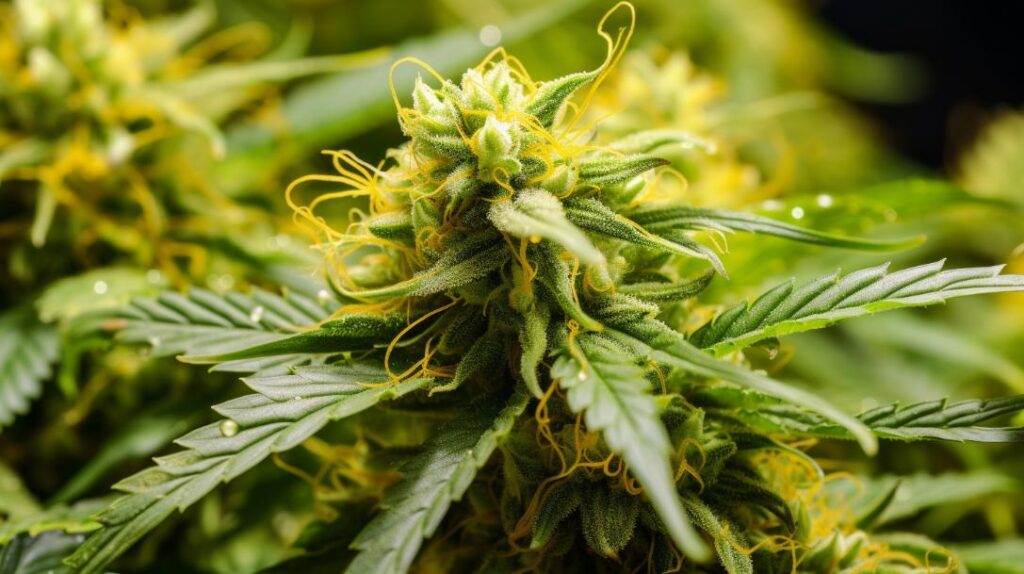
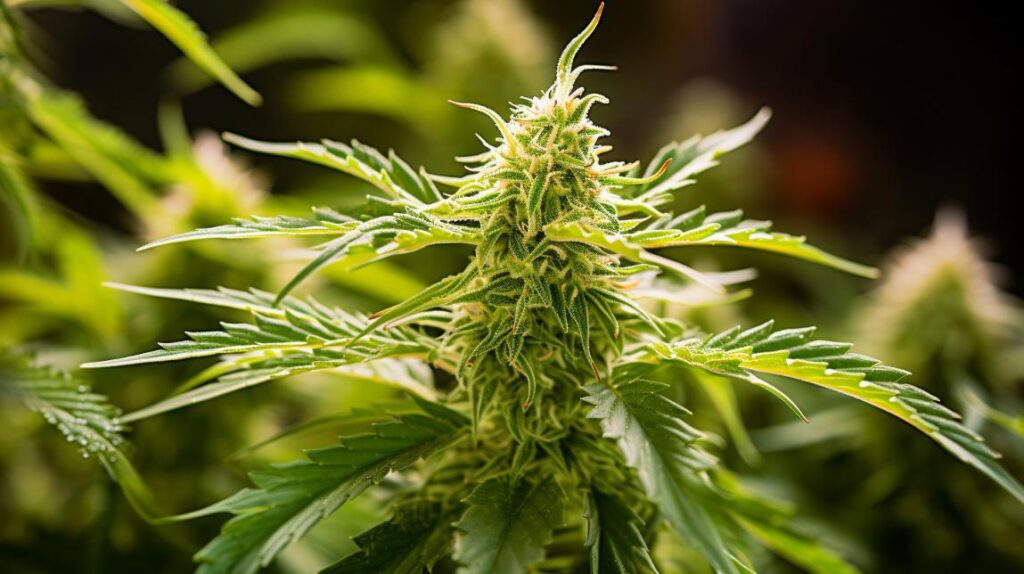
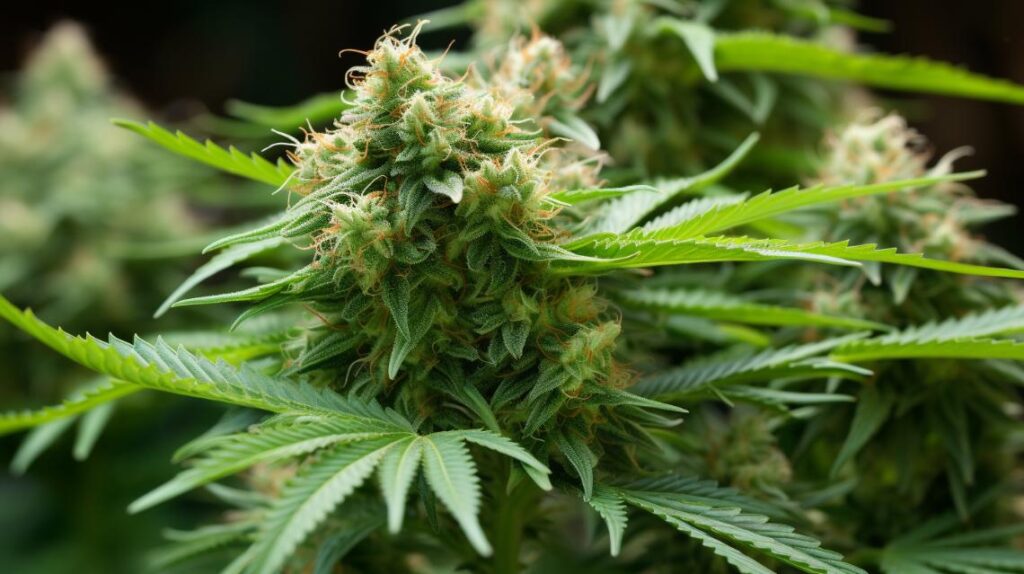
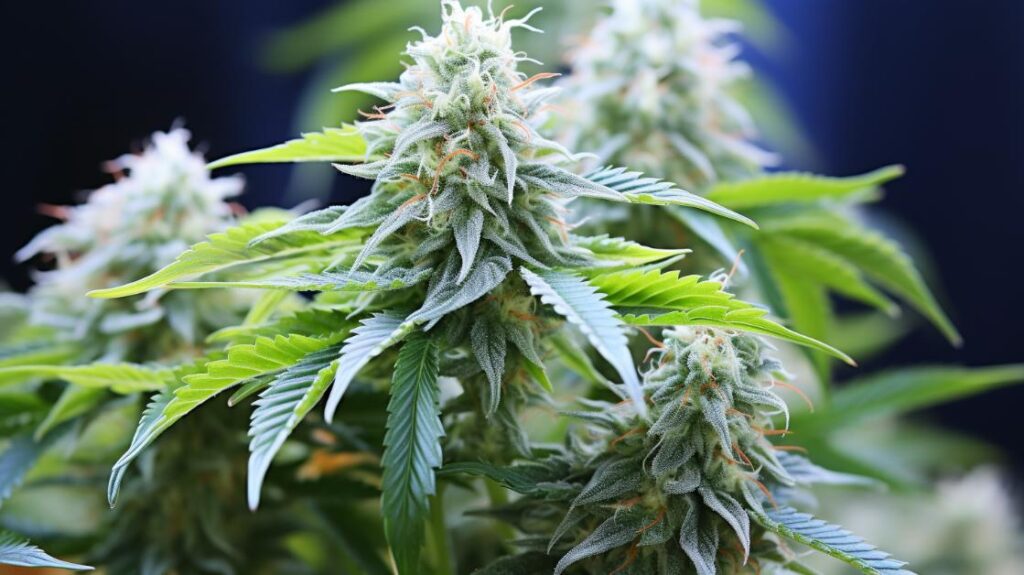

Responses